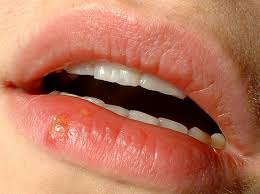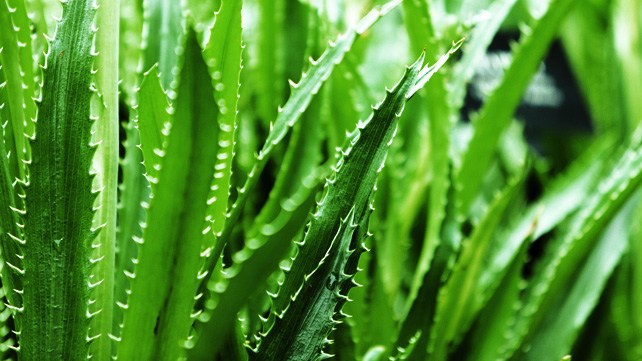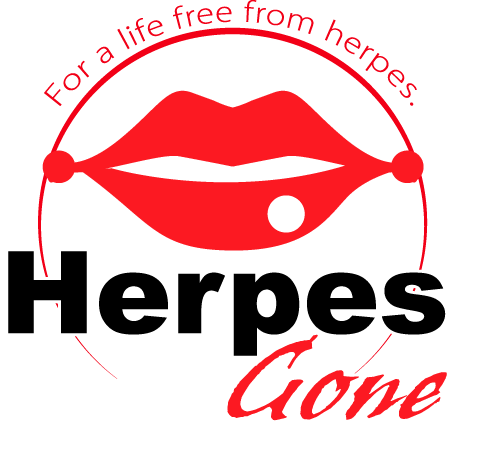You have the HSV-1 virus to thank for that painful, unsightly eruption on your lip. You know, the one that appears as soon as you have an important date coming up? Or that fever blister on lips pops up when you’re already feeling exhausted from a heavy workload.
Yes, fever blisters, or cold sores if you prefer, are the result of the herpes simplex 1 virus. You probably picked it up before you turned the tender age of 10. And now, like almost 80% of the population, you have future flare-ups to look forward to for the rest of your life.
Table of Contents
Why Do We Get Fever Blisters?

Fever blisters, or cold sores, are a common symptom of herplex simplex 1 virus.
A fever blister is a sign that the HSV-1 virus has been “reactivated.” Once you’ve been infected, the virus doesn’t leave your body. Even though you may have recovered from the initial outbreak, the virus remains dormant in your body until something triggers it.
Children are often infected when someone who has the HSV-1 virus kisses them. The virus uses the nerves as pathways through the body and when it reaches a cluster of nerve cells (the ganglia), it sets up home. When it’s reactivated it travels back the way it came, towards the mouth. But often, it takes a slightly different route and ends up as a blister on your lips. And that’s why you tend to get cold sores in the same area every time the virus flares up.
Fever Blisters on Lips: What Triggers a Flare-Up?
Unfortunately, nobody really knows the answer to this question. But some common triggers appear to involve the immune system, such as physical and emotional stress. Hormonal changes also affect the immune system and may trigger an outbreak. While some people find that being exposed to the wind or sunshine for long periods also causes fever blisters to appear.
How Can You Treat a Break Out?
From the moment you sense that tingling, burning or itchy sensation on your lip, take action. The sooner you treat a fever blister, the easier it is to make sure it doesn’t stick around long. Take a natural supplement that can boost your immune system. Increase your Vitamin C and make sure you’re getting enough sleep.

Aloe vera applied to a fever blister can help keep it from drying out.
You can even dab witch hazel, aloe vera or milk on the blister to keep it from becoming dry and forming a big scab. Resist the urge to scratch, pop or pick at the blister or scab. Irritating your skin will only prolong the healing process. Keep your lips moisturised with a good quality lip balm and, most importantly—don’t kiss anyone. You don’t want to be responsible for passing the virus on to someone else.
How Contagious Are Fever Blisters?
They are extremely contagious. While you’re experiencing an outbreak you can infect someone just by kissing them. So until your lip has healed, you need to avoid any kind of intimate contact with others. That includes oral sex. Although the HSV-1 virus is generally responsible for fever blisters, it can cause genital herpes.
Will You Ever Be Free of Fever Blisters?
Probably not, although most people find that outbreaks happen less often as they get older. But the fact remains that whenever your immune system slumps, a fever blister could happen.
That’s because the virus is almost impossible to eradicate. Once you’ve contracted it, it never leaves your body completely. Even with prescription medication, the best you can hope for is a reduction in the severity and frequency of flare-ups. But some people have been able to control their symptoms, and even eliminate the virus with the use of natural methods and supplements.
Fever blisters on the lip are the worst because they are so visible. You can’t hide them with make-up or clothing and they take ages to disappear. But you don’t have to live them forever. Do some research and you’ll find a safe and effective remedy that works.
